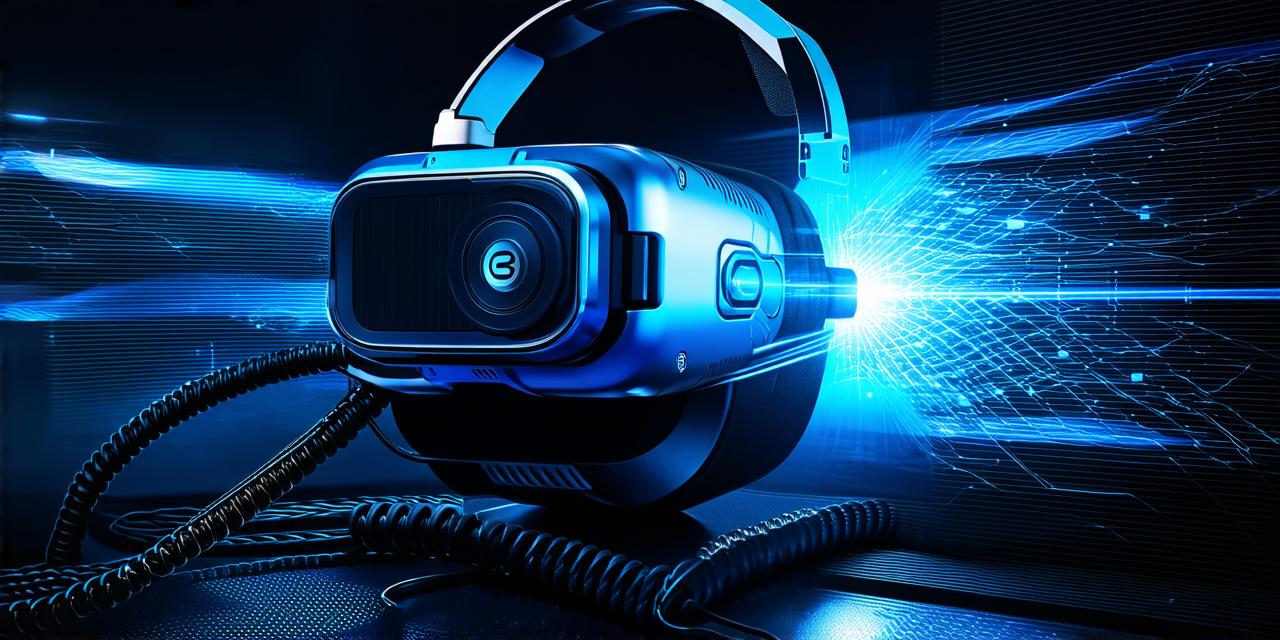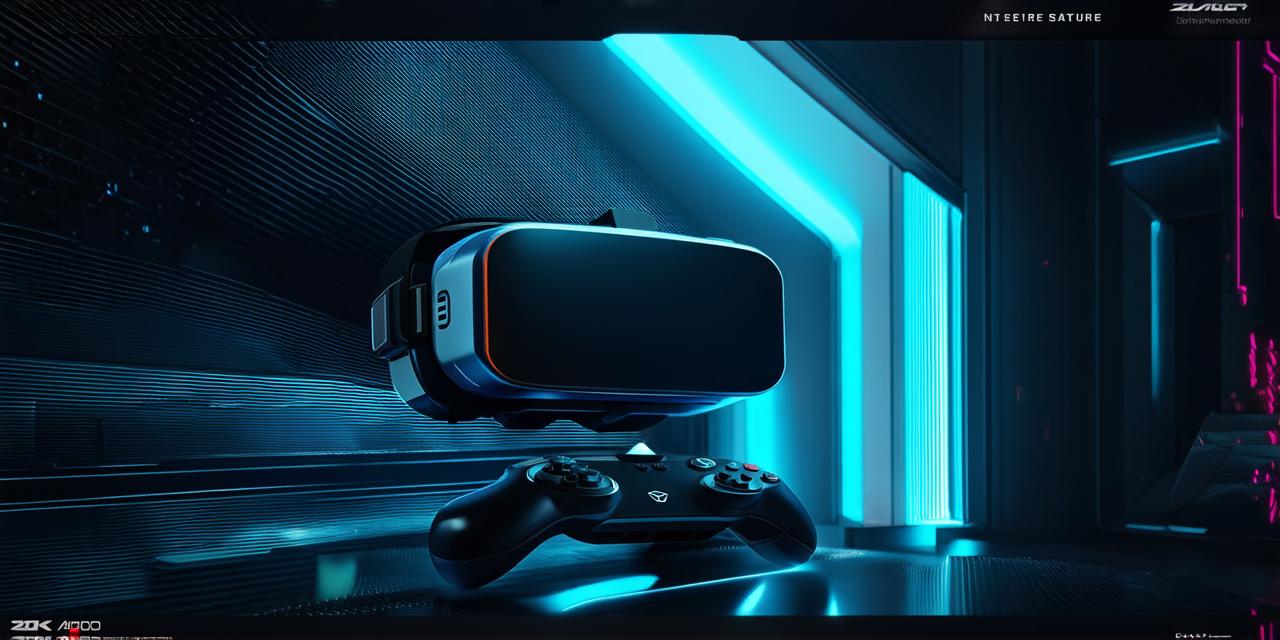1. Choose Your VR Headset
The first step in setting up your VR experience at home is choosing the right headset. There are many different options available, ranging from budget-friendly models like the Oculus Quest 2 to more expensive high-end devices like the HTC Vive Pro Eye. When selecting a headset, consider factors such as resolution, refresh rate, and field of view. These will all impact the immersive experience you’ll have in your virtual world.
2. Choose Your VR Controllers
Once you’ve selected your VR headset, you’ll need to choose your controllers. Most VR headsets come with handheld controllers that track your movements and allow you to interact with virtual objects. Some high-end models may also include haptic feedback, which adds a level of realism to the experience by providing tactile sensations in your hands.

3. Choose Your Computer Setup
In order to run VR applications, you’ll need a computer that meets certain system requirements. These requirements can vary depending on the headset and games you plan to play, but generally speaking, you’ll need a machine with at least a GTX 1070 graphics card, an Intel Core i5-4590 processor, and 8GB of RAM. If you don’t have access to a dedicated computer, there are also VR-specific gaming consoles like the Oculus Quest 2 that can provide a good experience without the need for a separate computer.
4. Set Up Your VR Space
To create a truly immersive experience, it’s important to set up your VR space in a way that allows you to move freely and avoid bumping into obstacles. This may involve rearranging furniture or setting up additional equipment like tracking sensors. It’s also important to make sure your environment is well-lit, as some VR applications can be affected by low lighting conditions.
5. Download and Install VR Applications
Finally, once you have all of the necessary equipment set up, it’s time to start downloading and installing VR applications. There are many different games and experiences available for VR, ranging from action-packed shooters to educational simulations. When selecting an application, make sure it is compatible with your VR headset and meets any additional requirements, such as minimum system specifications.
In conclusion, setting up a VR experience at home can be a fun and rewarding way to immerse yourself in a new world of virtual reality. By following the steps outlined above and selecting the right equipment, you’ll be well on your way to enjoying an exciting and engaging VR experience from the comfort of your own home.



